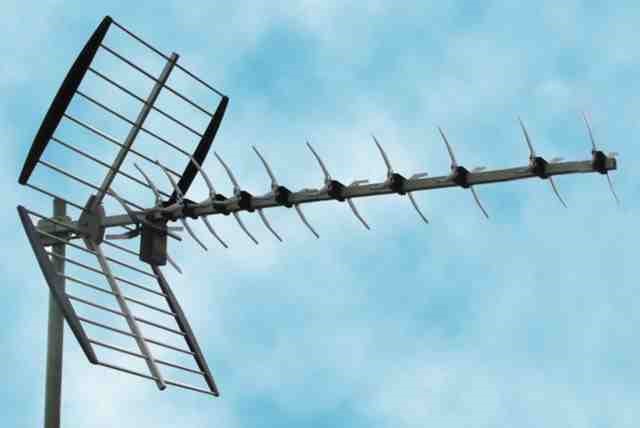Thermal spray coating is a popular choice in numerous industries. A thermal process is essentially one that uses heat to melt materials. There are a number of commonly used thermal spray coating processes, but let’s focus on five of the most popular.
1. Plasma spraying
One of the most popular processes for coating is the plasma spray process. It is highly adaptable and the coating it produces is reliable and consistent. Plasma spraying can imbue desirable qualities such as hardness, electrical conductivity, chemical resistance, and abrasion resistance. It can be used to spray metallics or ceramics onto a wide range of objects of various sizes, which is why plasma spraying is used in a wide variety of industries.
Despite its niche nature, there are a number of firms that specialise in surface treatments such as thermal spray coatings. Some of these, such as www.poeton.co.uk/standard-treatments/plasma-coatings, have useful online resources.
2. Combustion flame spraying
Combustion flame spraying, which is also simply known as flame spraying, is a popular option due to being inexpensive yet effective. It is often used to coat the components used on bridges and steel structures, as it can imbue enhanced corrosion resistance and excellent protection against the elements.
3. Two-wire electric arc spraying
The two-wire electric arc spraying process melts the coating material using the arc point between two wires that conduct an electric charge. The molten material is then projected onto the substrate using a gas stream. Two-wire electric arc spraying is popular due to its effectiveness and usually uses aluminium and zinc as the base metals.
4. Detonation gun spraying
The detonation gun spraying process uses a mixture of oxygen and acetylene. It produces a shock wave that propels the coating material to the substrate at supersonic speeds. This process can produce very high-quality coatings
5. High-velocity oxy-fuel spraying (HVOF)
High-velocity oxy-fuel spraying is perhaps the most popular process. It uses a torch in a similar way to plasma spraying. HVOF produces a strong adhesive coating with high corrosion resistance. An example application would be helicopter rotor joints.



